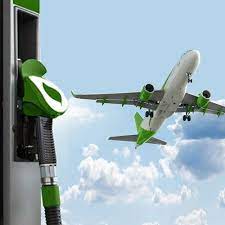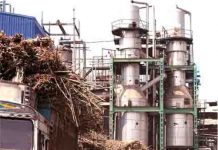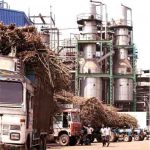New Delhi [India], January 6 (ANI): In its December report, the International Energy Agency (IEA) revealed that a surge in renewable electricity capacity could lead to lower prices for sustainable ‘e-fuels’ in the transport sector.
According to S&P Global Commodity Insights (GCI), this, in turn, could mitigate the impact on end-consumers as e-fuel supply scales up. E-fuels, derived from electrolytic hydrogen, represent a promising alternative for hard-to-abate sectors like aviation and shipping.
While 90 per cent of announced e-fuel projects have focused on e-ammonia, the IEA emphasized the need for government regulations to ensure demand certainty for the 200 e-fuel projects currently under development.
Despite the potential challenges, the IEA remains optimistic that minimal price shocks will be felt by end-consumers as e-fuel uptake increases.
One key focus is on e-kerosene, with the IEA projecting that its cost could rival biomass-based Sustainable Aviation Fuel (SAF) “by the end of the decade.” With a 35 per cent EU target for low-emission e-fuels by 2050, the nascent e-kerosene market holds significant promise for the aviation sector.
Although the cost of e-kerosene is estimated to remain 2-3 times more expensive than fossil jet, blending it at a 10 per cent ratio with conventional jet fuel would only increase airline ticket prices by 5 per cent.
In the maritime sector, the IEA identified e-ammonia and e-methanol as focal points for the energy transition, especially for long-range container voyages.
While a shift to low-emission e-fuels could potentially drive container shipping costs 75 per cent higher, the IEA noted that the impact on consumers would be limited.
The high overall value of transported goods would see price rises equate to less than 1 per cent of cargo value.
The report also highlighted the significant renewable electricity requirements for large volumes of e-fuels, estimated to reach around 2,000 TWh/year by 2030.
This represents approximately a fifth of the growth in low-carbon power production projected by the IEA. Additionally, over 400 GW of electrolyzer capacity would be needed to produce enough hydrogen for a 10 per cent e-fuel share in aviation and shipping.
While the IEA acknowledged the progress with 31.6 million mt of new low-carbon hydrogen capacity announced in 2023, it underscored the impact of government policy in driving new capacity.
Generous tax credits for low-carbon hydrogen and renewables production, as seen in initiatives like the US Inflation Reduction Act, are expected to play a crucial role in accelerating developments in the e-fuels sector.
(With inputs from ANI)












